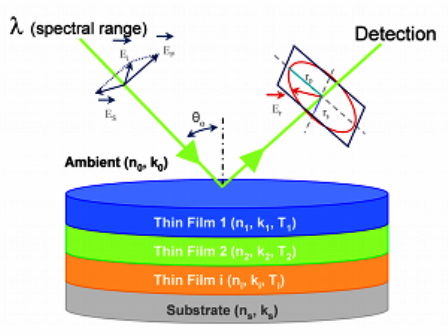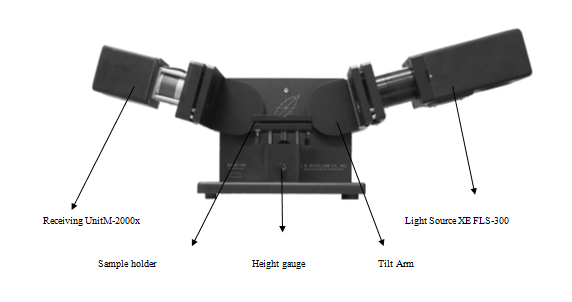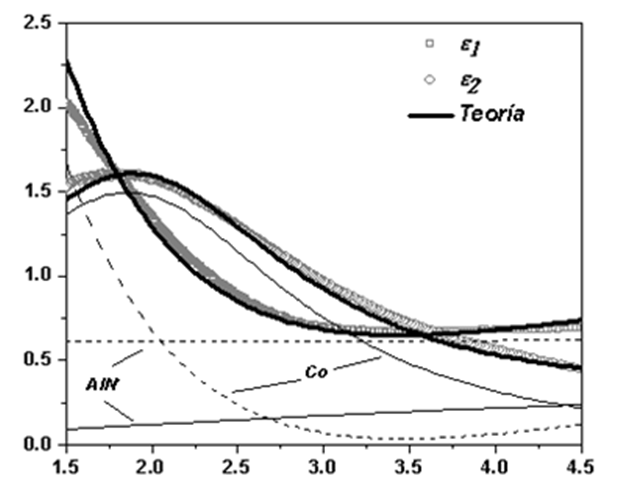Ellipsometric Analysis in Nanostructures Aluminum Nitride/Cobalt grown in Sapphire Substrate

INTRODUCTION.
The interest in the study of complex nanostructured systems has caught the attention of the scientific community. Such is the case of hybrid semiconductor / metal nanostructures based on Co / AlN. Studies suggest that nanoparticles or Co nanolayers embedded in high refractive index matrices, such as AlN, can increase the magneto-optical response of the structures' systems. Modifying the optical properties of these materials would open technological possibilities in data storage devices, magneto-optical sensors, field sensors, laser devices, among others. In this work, we present a study of the optical properties of hybrid semiconductor / metal nanostructures
OBJECTIVES.
Obtain the experimental spectra of the Co / AlN and AlN / Co / AlN / c--Al2O3 nanostructures and calculate the optical properties using a model of equivalent layers, based on the Drude-Lorentz model.
METHODOLOGY.
The samples studied in this study were manufactured using the Magnetron RF Assisted Cathode Evaporation (ECAM) technique. Two nanostructured systems were obtained: a) bi-layer Co / AlN and b) tri-layer AlN / Co / AlN, both grown on commercial substrates of c-Al2O3 (0001). Elipsometry measurements were made on a Spectroscopic Ellipsometer, J.A Woollam brand, model M-2000x. This measures the polarization change of the light from the parameters obtained from the experiment, which are the variation of the amplitude (ψ) and the phase difference (Δ).

CONCLUSIONS
From the ellipsometric angles, we determine the dielectric functions (ε1, ε2) of the samples. The experimental data is interpreted in the framework of a theoretical equivalent layer model, in which the properties of the AlN layers are due to atomic harmonic oscillations, and are superimposed on the electronic properties of the Co layer. Theoretical model with experimental data is generally acceptable introducing terms of absorption by electromagnetic dispersion in the semiconductor. This gives Co / AlN and AlN / Co / AlN nanostructures unique properties for new technological applications.
